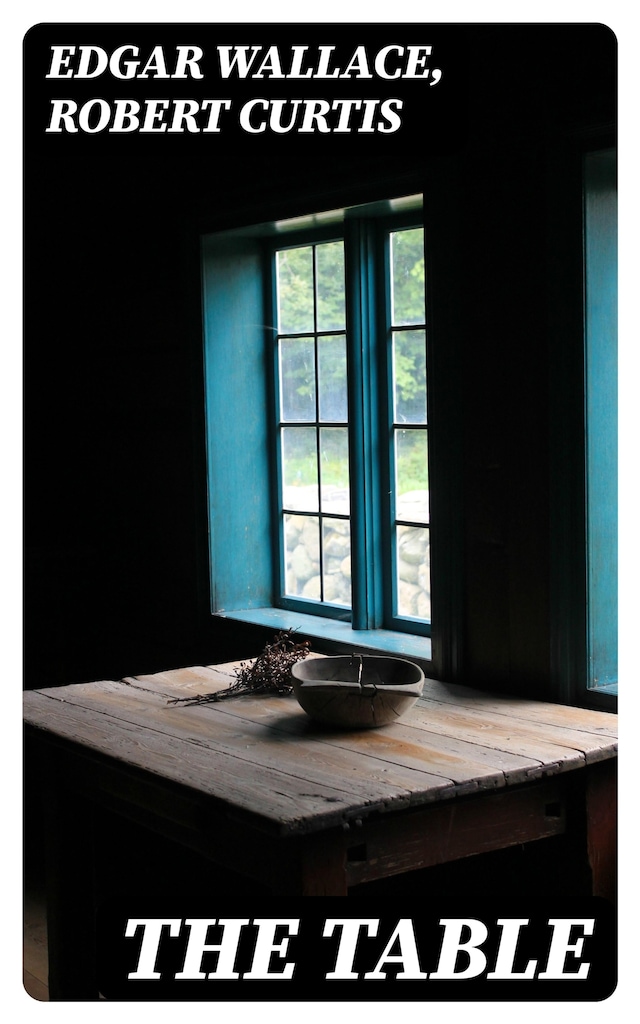
Ode to a Nightingale
Om bogen
In John Keats' 'Ode to a Nightingale,' the reader is transported into the realm of Romantic poetry through the lyrical exploration of death, nature, and the immortality of art. Keats seamlessly weaves together vivid imagery and deep philosophical reflections to create a masterpiece that continues to captivate readers to this day. The poem's rich language and evocative descriptions of the nightingale's song evoke a sense of timelessness and beauty, showcasing Keats' skillful command of language and form within the Romantic tradition. 'Ode to a Nightingale' is a prime example of Keats' ability to blend sensuous experience with intellectual inquiry, inviting readers to ponder the mysteries of life and art. John Keats, a prominent figure in the Romantic movement, was deeply influenced by his own experiences of loss and mortality, which fueled his contemplation of themes such as beauty, transience, and human suffering. This personal connection to his subject matter infuses 'Ode to a Nightingale' with a sense of authenticity and emotional depth, elevating it to the status of a timeless classic in the literary canon. I highly recommend 'Ode to a Nightingale' to readers who appreciate the power of poetry to illuminate the complexities of the human experience. Keats' masterful exploration of beauty, mortality, and the transformative nature of art makes this poem a must-read for anyone interested in the Romantic tradition and the enduring themes of life and death.
 John Keats
John Keats 652 Sider
652 Sider